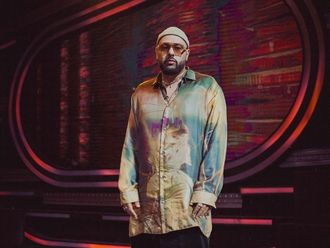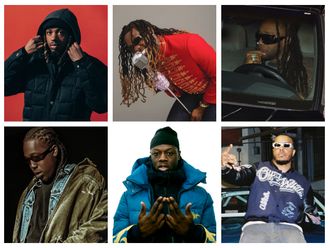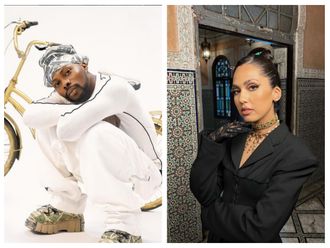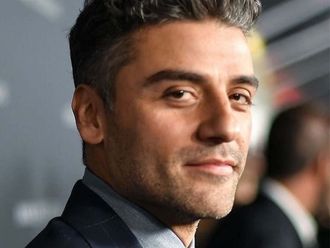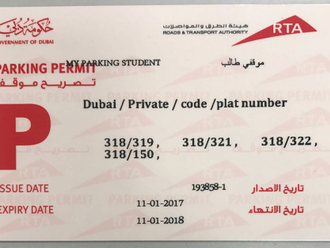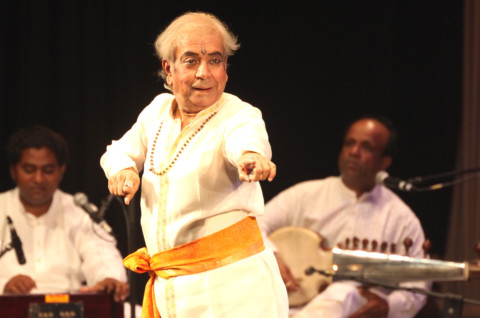
He has been mesmerising audiences with his dance moves since the age of seven, but talk to National Award-winning kathak maestro Birju Maharaj and all you hear is humility and a love for the art.
Dubai audiences will once again experience his charm on Sunday at the Indian Consulate — it is an invitation-only performance.
Belonging to the elite Kalka-Bindadin gharana of kathak (a style of kathak), Maharaj, who was trained by his father Achchan Maharaj and two uncles, Shambhu and Lachchu Maharaj, became a dance teacher at the age of 13 at Bhartiya Kala Kendra (now Kathak Kendra) in New Delhi and was associated with the institution for several decades. In 1998, he took his legacy further to start Kalashram, a school of classical dance. Recently, there was news of his ancestral home, the Bindadin Dyodhi, turning into a museum, a project he has been working towards for several years.
Kathak is a classical dance form from north India, characterised by intricate foot work, stylised gestures and unique postures. It derives from the word katha which means ‘story’. Hence, kathak is a narration.
At his Dubai performance, Maharaj will be accompanied by his son Deepak Maharaj and long-time disciple Saswati Sen. While Deepak will speak of the role of taal-laiy (beat and speed) and Saswati will depict abhinaya (expression), Maharaj will take to the stage in a couple of solo performances he told tabloid! in a phone interview from New Delhi.
With a career spanning 70 years, you have been credited for contemporising this classical dance form. How would you describe “contemporisation”?
Kathak was originally presented with laiykari (performance with speed) and foot work. But somewhere we had a lost a little of its literary quality. Kathak is a darbari (court) dance with bhajan bhaav and thumri bhaav (different genres of musical expression). Yet performers became more inclined to laiy in kathak. What I’ve done is try to bring together the beauty of ang bhaav (bodily expressions) and the speed in the dance. I’ve tried to balance these two to create a better presentation, hence contemporising it. However, there’s no element of what one calls ‘fusion’ — I’d never do that.
If you noticed, I coached Madhuri [Dixit, the Bollywood actress] in Devdas. That was pure classical dance and not a regular Bollywood number. I don’t enjoy that form of dance where there is excessive body movement and expression to seduce [the] audience. I always question the nuances of the dance I would need to choreograph before taking on a film assignment. It’s important for me to know why the song has been included, what kind of speed is expected, what kind of costumes the actress will wear. I wouldn’t work if an actress wore the [skimpy] costumes that seems to be the trend in Bollywood nowadays. You can see the difference in Devdas itself — there is one song I’ve composed (Kahe Chhed Chhed Mohe) and Saroj Khan has composed another (Maar Dala).
You have also trained Kamal Haasan in Vishwaroopam, but Haasan is one of the few men today — in comparison to women — who performs this classical dance. Why the segregation?
At one time classical dances became a source of entertainment for the kings at court. The dasis (courtesans) became the performers because the women of the family were not allowed to dance. Women were not educated then and this became a way of survival in society. Hence, dancing came to be looked down upon. But today, when women are educated and aware and everyone sees classical dance as an art form [rather] than [something] derogatory, the number of girls taking it up has increased. I know IAS officers (bureaucrats) who are performers. There’s nothing wrong in it as long as one does it responsibly. But I am not saying there are no men. We do have a lot of male performers, but yes they are less in comparison.
We’ve followed the guru-shishya (master-pupil) tradition for centuries. You also run a dance academy. What according to you are the qualities of good kathak dancer?
The most important qualities a student should have are politeness and humility. They should be accepting and not greedy. I have several students who come [from] lower income backgrounds who are unable to pay us anything. But it does not mean that as a guru I will not impart my knowledge to them if they are talented. As far as dance is concerned, one must have a certain sense of rhythm — whether it is due to film songs or otherwise, doesn’t matter. Then eyes that express, not to please people, but God.
Both your son and daughter are carrying forward this family tradition and art. How do you see your legacy?
Yes, today my daughter performs too though it is not a family tradition. As I said, we are now aware of dance as an art [rather] than [something] derogatory. Hence I’ve tutored my daughter as much as my son, even though my own sisters were not [taught]. They were expected to marry and keep house and they followed that, even though they had the desire to learn because dancing was in their blood. I’ve broken this tradition and taught not just my daughter but my granddaughter too.
At 77 you are still so active. What is the secret of your fitness?
It’s just the rhythm in my body and the grace of God. So it’s the rhythm in my body, which works as therapy.
Don’t miss it
Pandit Birju Maharaj will perform as part of Indradhanush series at Indian Consulate Dubai on Sunday at 7pm. The event is invite-only. For details, call Signature Events on 04-3373724 or 050-6549100.



